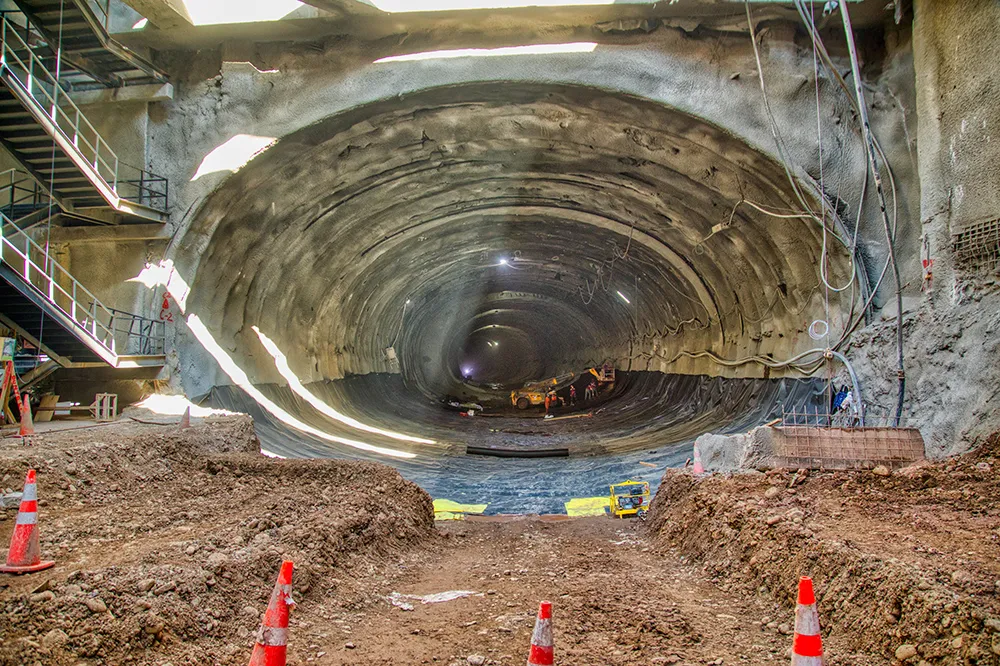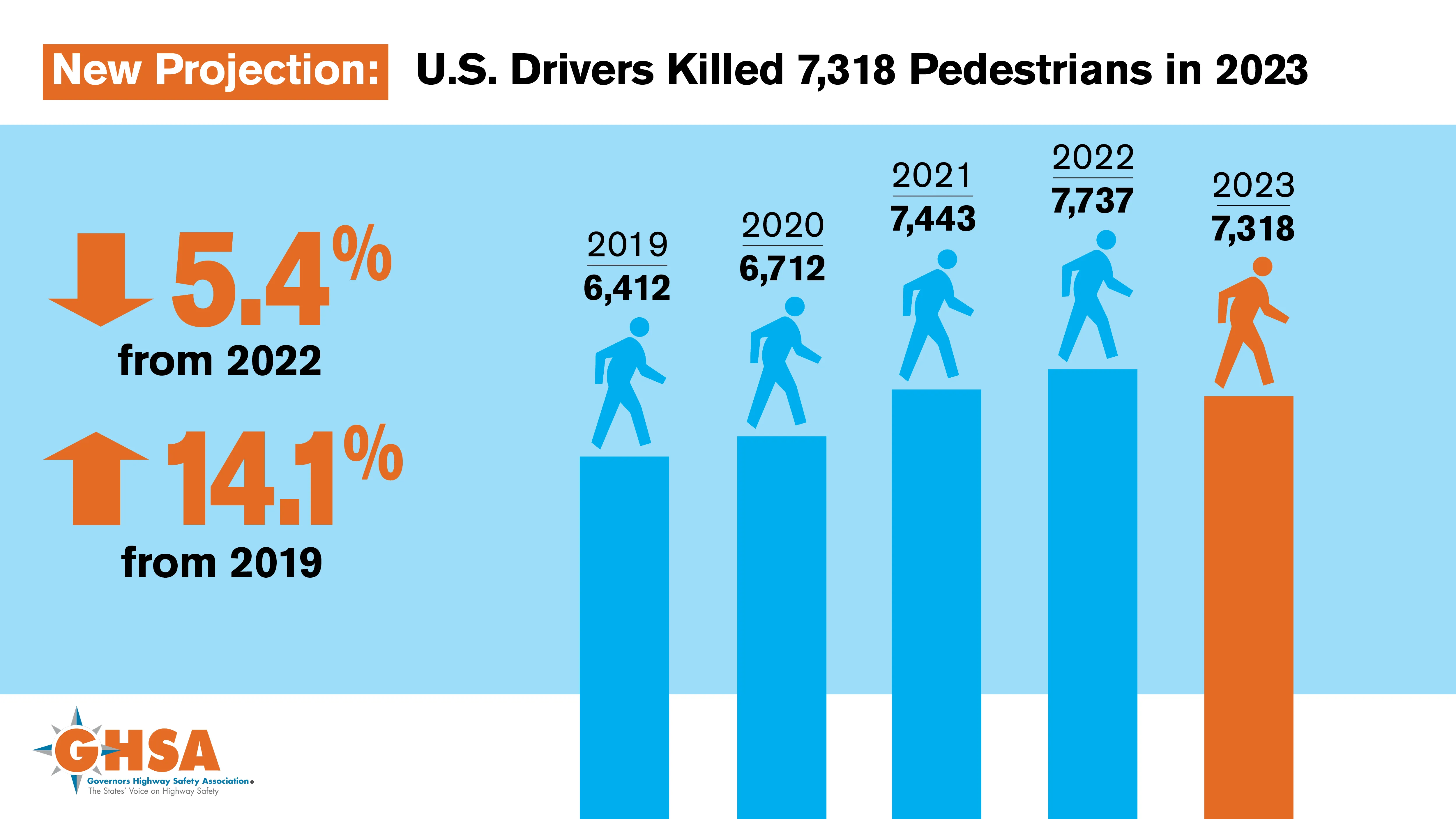Iran’s road safety record has been poor for many years, with the country amongst the worst in the world for fatality levels/head of population. However in recent years a general improvement has been seen with a reduction in the overall death toll from crashes.
June 2, 2017
Read time: 1 min
Iran’s road safety record has been poor for many years, with the country amongst the worst in the world for fatality levels/head of population.
However in recent years a general improvement has been seen with a reduction in the overall death toll from crashes. In 2016 the country’s road fatality rate at 15,932 was 3.9% lower than for 2015.
The introduction of traffic cameras has helped in lowering the crash rate in key urban areas. Data shows that 65% of Iran’s road crashes are in urban areas so the use of traffic cameras is expected to make further reductions in the annual road death toll.
With 300,000 also being seriously injured/year, Iran desperately needs to reduce the rate of road crashes on its network.







